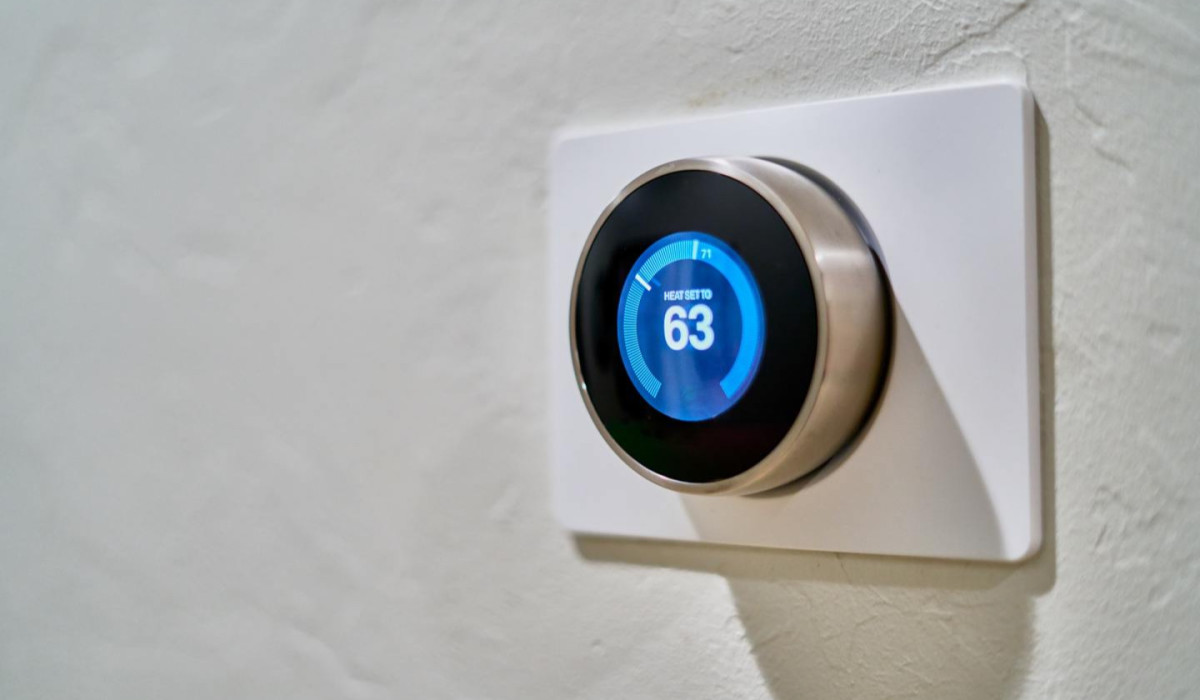Making Energy-Efficient Updates to Your Future Home

There seems to be more emphasis now on updating what’s between the walls of our homes rather than cosmetic home improvements. It could be because there are so many charming older homes that are now for sale as older generations downsize. And there’s a certain appreciation for old school charm and eclectic homes with the younger generations. Older homes are simply desirable.
Although older homes are not the only homes in need of updates to improve energy-efficiency, they are more popular for such updates. So if you’re considering making quality improvements to your future home that will make it more energy-efficient, here’s what you need to know about a possible solution to help you get there; the Energy Efficiency Mortgage.
How does an energy-efficient loan work?
Basically the Energy Efficient Mortgage (EEM) is a loan that funds your necessary energy-efficiency updates. In the long run, it could save you money since more energy efficiency in a house means less money down the drain.
For example, you’re not saving on energy costs when the heat in your home escapes through cracks in your windows, your HVAC simply isn’t working properly, or your toilets use too much water when flushed. All those little extra costs add up over time.
The EEM is a loan add-on, meaning it’s something aside from the mortgage you get, such as FHA, VA, etc.
This also means it’s added on simultaneously with your mortgage. Not every loan type allows you to add on this loan product. That’s why it’s good to meet with a mortgage banker prior to looking for homes so you’ll know what loan product you want and what add-ons you can take advantage of.
You have to qualify for an EEM just like you do with your home loan, but the benefit is that the rate tends to be the same as what you have with your home mortgage.
In most instances, you’ll need to get a Home Energy Rating System report (HERS) in order to qualify for an EEM. It’s done separately from the regular appraisal and is done by someone who specializes in energy rating. The HERS report does the following:
Gives an overall rating of the house
Recommends what updates need to be done
Estimate of house after upgrades
Before and after estimates of annual energy costs for the home
The ultimate benefit is that it saves you money in the long run by making the necessary updates you need to make your home efficient.
It also makes sense to get if you know that you’ll likely have issues with electrical, plumbing, etc. in the future. If you get if fixed when you buy the home, you’ll not only save on energy costs, but you’ll avoid paying out of pocket in full later, or struggle to pay if there’s no emergency fund to dip into, or a refinance isn’t an option. Get it fixed now, and you may have less stress later.
Which home loans allow energy efficient mortgages?
As mentioned previously, not all home loan types allow an addition of an Energy Efficient Mortgage. But the ones that do vary by how much financing you can get to make those updates that will ultimately save you money in the future.
VA Loan You can get up to $6,000 in financing if you provide a documented bid from your contractor.
FHA Loan The loan amount can vary, and can increase by the cost of effective energy improvements. For example, it can be 5% of the property value, 115% of the median area price of a single-family house, or 150% of the conforming Freddie Mac Limit.
Conventional Financing With a conventional loan, you could finance up to 15% of whatever the property value would be once completed, or you can finance up to $3,500 without the HERS report. But if you do have a HERS report to provide, then you could finance over $3,500.
When should you consider getting one?
As mentioned previously, older homes tend to have outdated pipes and electrical systems. If you like the charm of an older home but want to make sure it will function properly by being more energy-efficient, then the EEM is a good option to consider. But as mentioned, not all older homes need this and not all homes that need these updates are old. When you’re looking at homes, keep this in mind and when you have an inspector take a look, be sure to get your questions answered in regards to energy-efficiency.
If you’re an existing homeowner, considering a refinance and would like to make updates to save on energy costs, then the EEM is also a great option for that.
After living in your home for some time, you truly know what the problem areas are so with the loan product, you can tackle those updates and ensure that the home you love doesn’t turn into a money-pit.
On the other hand, if you’re thinking about a full renovation, then this isn’t quite the right option. You may want to consider looking into a Home Renovation loan. But before you do, here are some things your Energy Efficient Mortgage helps you take care of:
Replacing windows and doors
Improve insulation
Install water-efficient toilets and showers
Seal cracks around windows and doors
Seal or replace air ducts
Replace water heater and/or HVAC system
Pay off existing energy improvement debt
So, if you’re planning on purchasing, or even refinancing, and want to improve your quality of life by saving on energy costs, talk to your mortgage banker about EEMs.